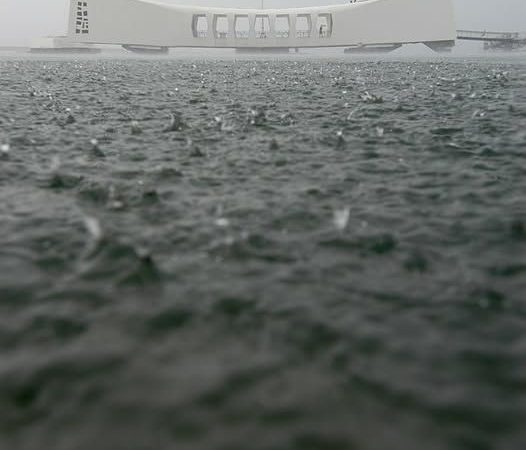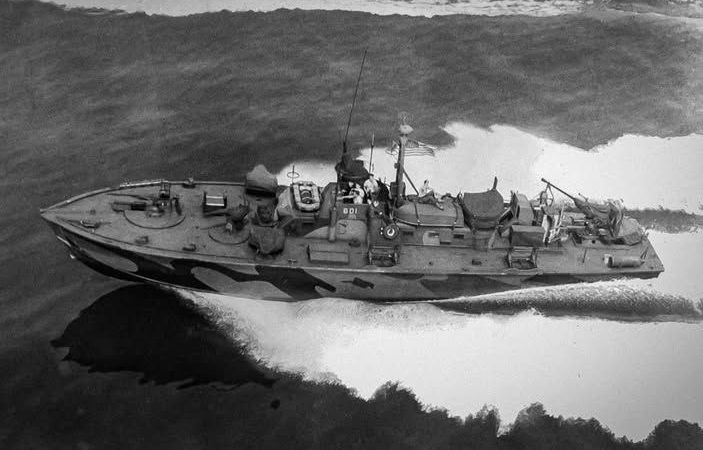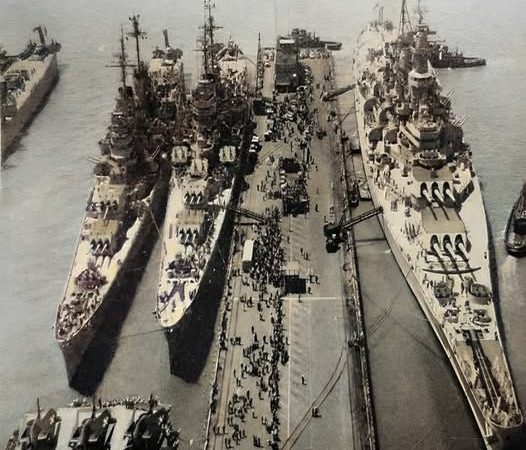HMS Dido (37): Dido-Class Light Cruiser
HMS Dido (37) was a light cruiser of the Royal Navy and the lead ship of the Dido-class, commissioned during World War II. Launched in 1939, Dido played a crucial role in several key naval operations throughout the war, particularly in the Mediterranean and the Arctic, serving as an escort, convoy protector, and anti-aircraft platform.

The Dido-class cruisers were designed as anti-aircraft vessels, equipped with a formidable array of weaponry. HMS Dido initially carried ten 5.25-inch dual-purpose guns in five twin turrets. These guns were capable of engaging both surface and aerial targets, making the ship highly versatile in battle. The cruiser also featured a range of anti-aircraft weaponry, including pom-poms and later, Oerlikon 20 mm cannons. Dido was designed with a sleek profile, allowing for high-speed maneuvers and agility, vital for defending larger ships in convoys.
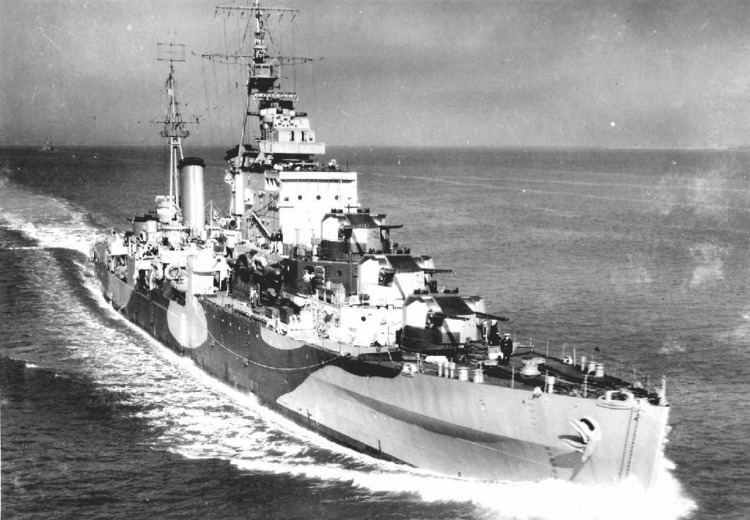
HMS Dido was deployed in some of the most dangerous theaters of World War II. Early in the war, she operated in the Mediterranean, participating in several pivotal battles, including the Battle of Cape Matapan in 1941. Her anti-aircraft capabilities made her an essential part of the British fleet during these engagements.
One of Dido’s most notable contributions came during the Siege of Malta, where she escorted supply convoys to the beleaguered island, fighting off both aerial and submarine threats. Dido’s anti-aircraft defenses were crucial in repelling air attacks, and her presence helped maintain supply lines to Allied forces.
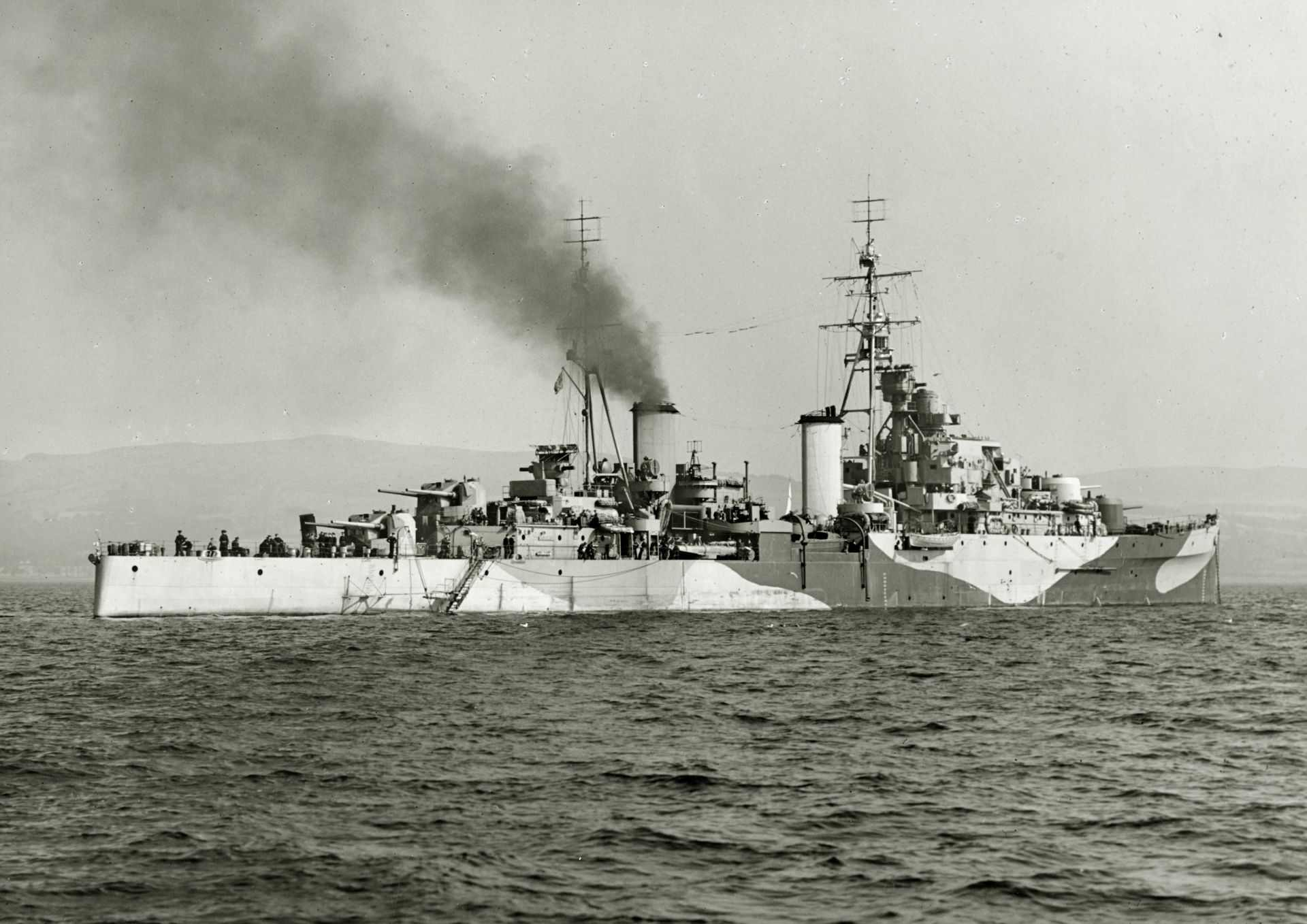
In 1943, HMS Dido took part in the Allied invasion of Sicily (Operation Husky) and later supported landings in Italy, providing naval gunfire support for ground forces. Her service in the Arctic convoys, escorting ships through treacherous, ice-filled waters to deliver supplies to the Soviet Union, further demonstrated her versatility and resilience.
After World War II, HMS Dido continued to serve the Royal Navy, though her role was reduced as newer ships replaced older vessels. She was eventually decommissioned in 1951 and scrapped in 1957.

HMS Dido (37) earned a distinguished record of service during World War II, contributing significantly to several Allied victories. Her design and operational success demonstrated the importance of multi-role light cruisers in modern naval warfare, leaving a lasting legacy in naval history.

